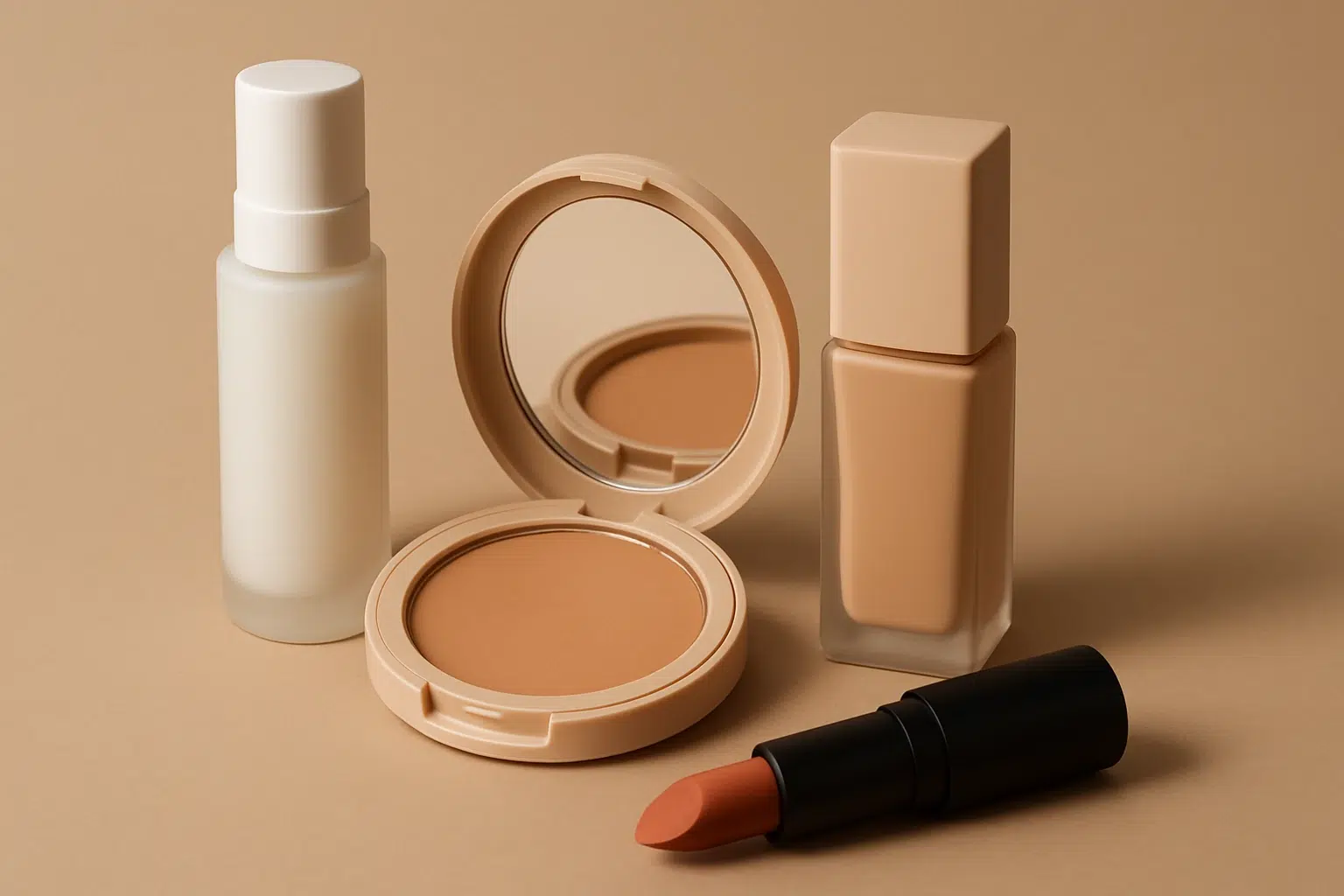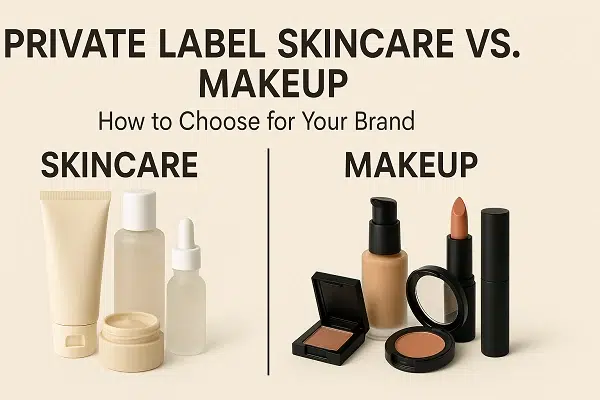Quick Answer: To set retail prices for your cosmetics products, calculate your costs (production, packaging, shipping), analyze competitor pricing, understand your target market’s willingness to pay, and factor in your brand’s positioning (e.g., luxury or affordable). Aim for a 50-70% gross margin, adjust for market trends, and test prices to optimize sales.
Pricing your cosmetics products effectively is critical to building a profitable brand while staying competitive in the beauty industry. Whether you’re selling skincare, makeup, or hybrid products, a well-thought-out pricing strategy ensures profitability and resonates with your customers. This guide outlines actionable steps to help you set retail prices for your cosmetics brand, balancing costs, market dynamics, and customer expectations.
1. Calculate Your Total Costs
To establish a sustainable pricing model, start by calculating all costs associated with your cosmetics products. This ensures your prices cover expenses and deliver a healthy profit margin.
Cost of Goods Sold (COGS): Include raw materials, manufacturing, and packaging. For skincare products, this might involve high-quality ingredients like hyaluronic acid or natural extracts. For makeup, consider pigments, applicators, and containers.
Operational Costs: Factor in shipping, storage, and labor. Don’t overlook hidden costs like regulatory compliance (e.g., FDA guidelines for cosmetics in the U.S.).
Marketing and Branding: Allocate costs for advertising, social media campaigns, and influencer partnerships, which are critical in the beauty industry.
Example: If a skincare serum costs $5 to produce, $2 for packaging, and $3 for shipping and marketing per unit, your total cost is $10. Aiming for a 50-70% gross margin suggests a retail price of $20-$30.
2. Research Competitor Pricing
Understanding how competitors price their cosmetics products helps you position your brand effectively. Analyze both direct competitors (similar skincare or makeup brands) and indirect competitors (mass-market or luxury alternatives).
Visit websites of brands like Sephora or Ulta Beauty to compare prices for similar products.
Note price ranges for specific categories, such as moisturizers ($15-$100) or lipsticks ($10-$50), and identify where your brand fits.
Pay attention to value-added features, like eco-friendly packaging or cruelty-free certifications, that justify higher prices.
Tip: Tools like Google Shopping or Amazon’s beauty section can reveal real-time pricing trends for cosmetics products.
3. Understand Your Target Market
Your pricing must align with your customers’ expectations and purchasing power. Define your target audience—Are they Gen Z shoppers seeking affordable skincare, or are they professionals investing in premium anti-aging products?
Demographics: Younger audiences may prioritize budget-friendly options, while older consumers often value efficacy and brand reputation.
Willingness to Pay: Conduct surveys or analyze social media feedback to gauge what customers are willing to spend. For instance, a Statista report shows that U.S. consumers spend an average of $20-$50 on skincare monthly.
Brand Positioning: If your brand emphasizes organic ingredients or sustainable practices, customers may accept higher prices for perceived value.
4. Choose a Pricing Strategy
Select a pricing strategy that aligns with your brand’s goals and market position. Here are three common approaches for cosmetics brands:
Cost-Plus Pricing: Add a fixed markup (e.g., 50-70%) to your total costs. This is straightforward but may not reflect market demand.
Competitive Pricing: Set prices in line with competitors to capture market share, especially if you’re a new brand.
Value-Based Pricing: Price based on perceived value, ideal for premium or niche products like vegan skincare or high-performance makeup.
Example: A luxury skincare brand might use value-based pricing to charge $80 for a face cream, while a budget brand might use competitive pricing to offer a similar product at $25.
5. Factor in Brand Positioning
Your brand’s identity influences pricing. Are you a luxury brand like La Mer, an affordable staple like CeraVe, or a trendy mid-tier brand like Glossier? Align your prices with your brand’s story.
Luxury Brands: Higher prices signal exclusivity and quality. Use premium packaging and highlight unique ingredients.
Affordable Brands: Focus on accessibility and volume. Offer smaller sizes or bundles to attract price-sensitive customers.
Mid-Tier Brands: Balance quality and affordability, appealing to a broad audience with prices that feel “worth it.”
6. Test and Adjust Prices
Pricing isn’t static—test and refine your prices to optimize sales and profitability.
A/B Testing: Offer the same product at different price points on your e-commerce site to see which performs better.
Promotions and Discounts: Use limited-time offers to gauge customer response to lower prices without permanently reducing margins.
Monitor Sales Data: Track which products sell best at specific price points and adjust accordingly.
Pro Tip: Avoid frequent deep discounts, as they can erode brand value, especially for premium cosmetics.
7. Account for Market Trends
Stay informed about beauty industry trends that impact pricing. For example:
Sustainability: Eco-conscious consumers may pay more for biodegradable packaging or refillable containers.
Ingredient Innovation: Products with trending ingredients like niacinamide or retinol can command higher prices.
Economic Factors: Inflation or supply chain disruptions may require price adjustments to maintain margins.
8. Ensure Regulatory Compliance
Cosmetics pricing must account for regulatory costs, especially for skincare products. Compliance with safety standards, labeling requirements, and certifications (e.g., cruelty-free or organic) can increase costs but also justify higher prices.
Conclusion
Setting retail prices for your cosmetics products requires a balance of cost analysis, market research, and strategic positioning. By understanding your costs, studying competitors, and aligning with your target audience’s expectations, you can create a pricing strategy that drives sales and builds brand loyalty. Regularly review and adjust prices to stay competitive in the dynamic beauty industry.







